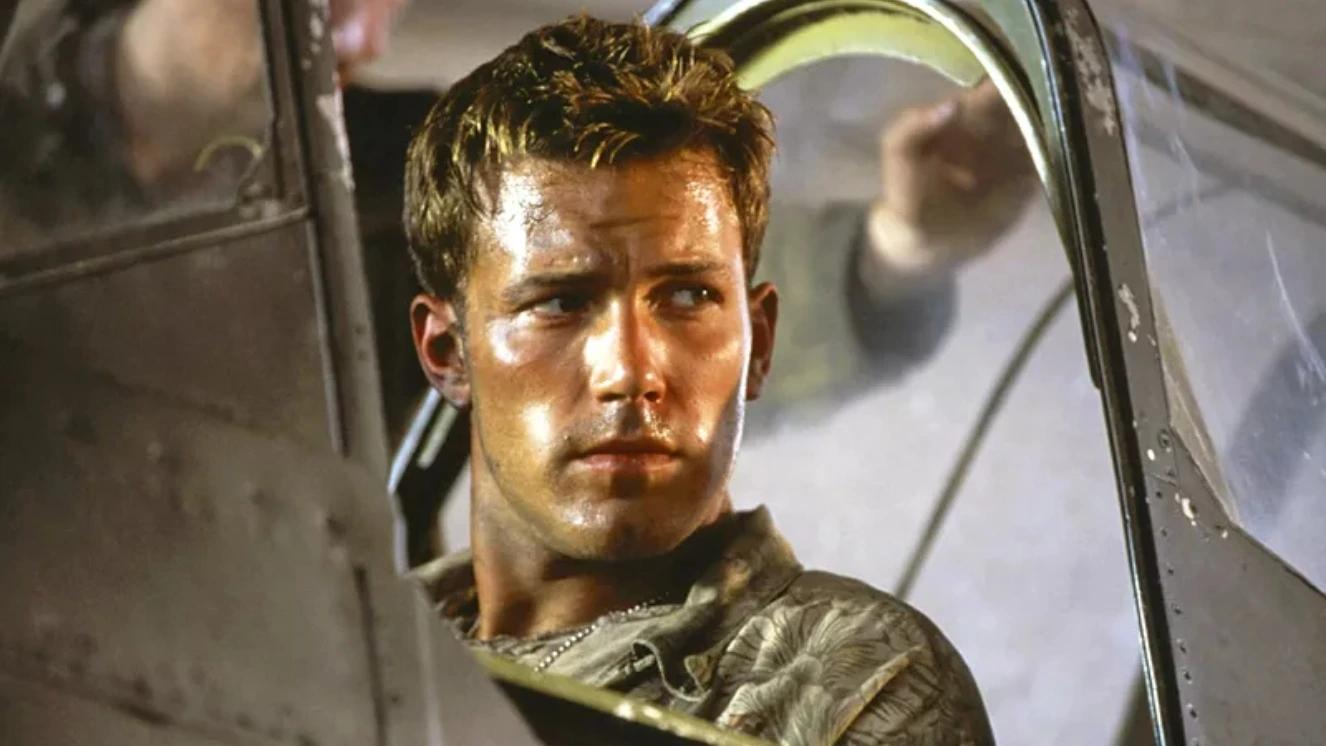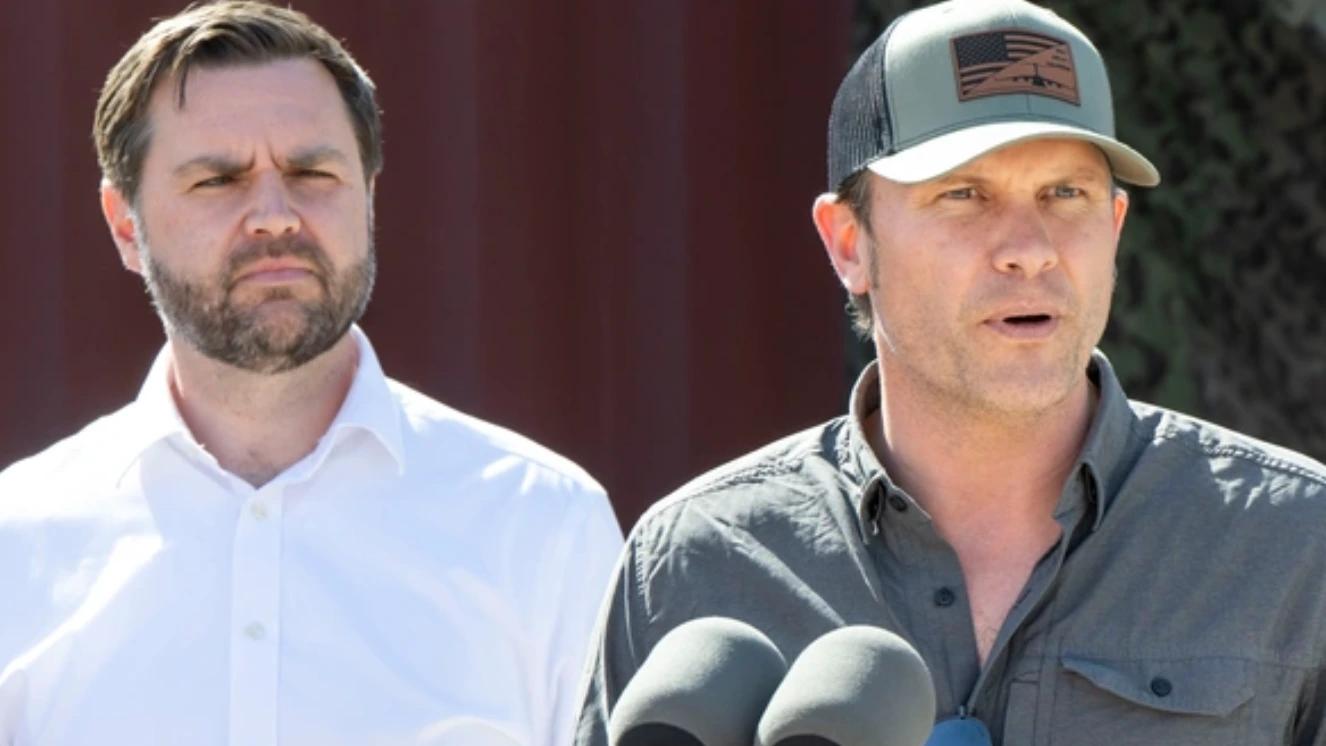LIGHTS, CAMERA, CAMOUFLAGE: A CLOSER LOOK AT RONALD REGAN'S MILITARY SERVICE & FILM CAREER

While the histories of many service members are left to ride out a turbulent time in government, there was a time when the stories of warfighters were preserved. Controversial and impactful President Ronald Reagan may have created a legacy forever tied to his time leading the Free World, but before he was POTUS, he was a captain in the Army. Among many other films, Reagan would go on to narrate an Army film in 1945 based on the history of the legendary Tuskegee Airmen.
Ronald Regan's Army Years
Before he ever stepped foot in the White House, Ronald Reagan served in a unit with lights, cameras, and a mission to shape history.
In April 1937, Regan enlisted in the US Army Reserve. He was assigned as a private in Des Moines' 322nd Cavalry Regiment and reassigned to second lieutenant in the Officers Reserve Corps. He later became a part of the 323rd Cavalry Regiment in California.
When he was called to active duty in 1942, following the attack of Pearl Harbor, poor eyesight kept him grounded, but the Army Air Forces saw value in another skill of his: storytelling.
Reagan was assigned to the First Motion Picture Unit (FMPU), a unique division made up of film industry professionals who created training films, recruitment reels, and morale-boosting shorts. Based out of a studio in Culver City, California, Reagan appeared in or narrated over 400 films during the war—essentially becoming one of the most prolific military storytellers of the era.
Army Vet Ronald Reagan Narrated a Film on the Tuskegee Airmen
During World War II, the infamous Tuskegee Airmen were an essential, efficient force, key to protecting Allied bombers.
Their history was brought to life in a 10-minute Army film produced in 1945, showcasing footage of their training, and an interesting narrator to boot.
Future President Ronald Reagan took on the role while he was serving as an officer in the Army.

What Was Wings for This Man About?
Wings for this Man was produced in 1945 by the First Motion Picture Unit. The film was narrated by Regan, and celebrated the training, skill, and contributions of the Tuskegee Airmen.
There were several films created by the Hollywood-based unit, including some that involved government propaganda to boost morale during WWII. The purpose of the film was to:
- Convince military leadership and the public that Black soldiers were skillful, reliable pilots.
- Bolster the support of Black Americans.
The film also discusses the history, development, and importance of the pilots, as well as how Tuskegee University influenced the development of the military training center.
The film goes on to discuss that all the aspects of training that the Tuskegee Airmen received were to set them up for success. The film ends by celebrating the accomplishments of the airmen, showing their 3-year anniversary ceremony at Tuskegee Airfield.
Leaving Out Tough Topics
What stands out most in the 10-minute film is what it doesn’t say. While Reagan narrates over stock footage and real clips showcasing the Tuskegee Airmen through an anniversary ceremony and post-mission interviews, it avoids the tough topics.
Because desegregation wouldn’t happen until 1948, the glaring omission of the reality for Blacks serving as Tuskegee Airmen is notable.
The rhetoric describes those serving as “average Americans,” which was true. However, the average American still had very different arrangements during the Jim Crow Era, including their time serving our nation.
In fact, the Army Air Corps went as far as creating a segregated base in Alabama, helping foster the Tuskegee Airmen in the first place.
A Call to Unity
Although subtle, Reagan’s film Wings for This Man is a challenge to the status quo of its time.
It’s a platform and message that Blacks and whites can coexist, should receive equal treatment, and that the unity of different people is part of what makes the United States a formidable force.
“Here’s the answer to Hitler and Hirohito. Here’s the answer to the propaganda of the Japs and Nazis. Here’s the answer: Wings for this man,” says Reagan.
While far from perfect, the film is still a prime example of how people from diverse backgrounds given equal opportunity to serve can create an inclusive atmosphere and a superior military as a result.

What Movies Were Ronald Reagan In?
Before he was President or a Soldier, Reagan was involved in entertainment as a sports broadcaster and even became a famous actor. After becoming a Soldier, he would even return to his love for the craft as the president of the Screen Actors Guild twice.
In total, Reagan was in over 50 films, and during his time with the Army Air Forces’ 1st Motion Picture Unit, he helped create 400 films, including his tribute to the Tuskegee Airmen.
Below are some of the films he was in:
- Love is on the Air (1937)
- Sergeant Murphy (1938)
- Cowboy from Brooklyn (1938)
- Code of the Secret Service (1939)
- Murder in the Air (1940)
- Million Dollar Baby (1941)
- Beyond the Line of Duty (1942)
- The Girl from Jones Beach (1949)
In addition to his career in film before and after serving in the military, Regan also acted and narrated in several films during his military service, with the First Motion Picture Unit, United Stated Army Air Force. These include:
- Recognition of the CG-4A Glider (Narrator)
- Operation of the Glider Pick-Up by the C-47 (Narrator)
- Fighter Combat Formation: Attacks and Escorts (Captain)
- B-29 Flight Engineer (Narrator/Voice of Pilot)
- Air Siege (Narrator)
- Air Pattern- Pacific (Narrator)
- Target Tokyo (Narrator)
- The Fight for the Sky (Narrator)
- P-47 Combat Operations (Narrator)
Suggested reads:



